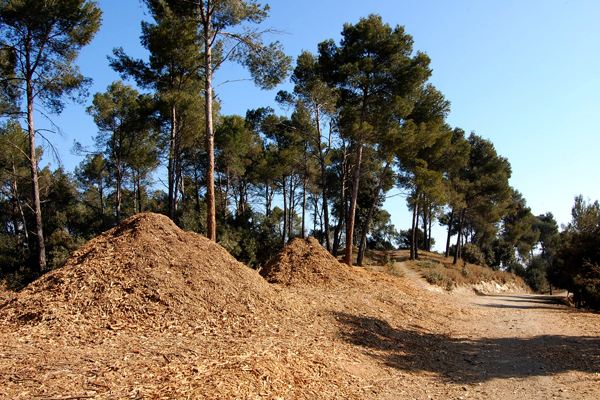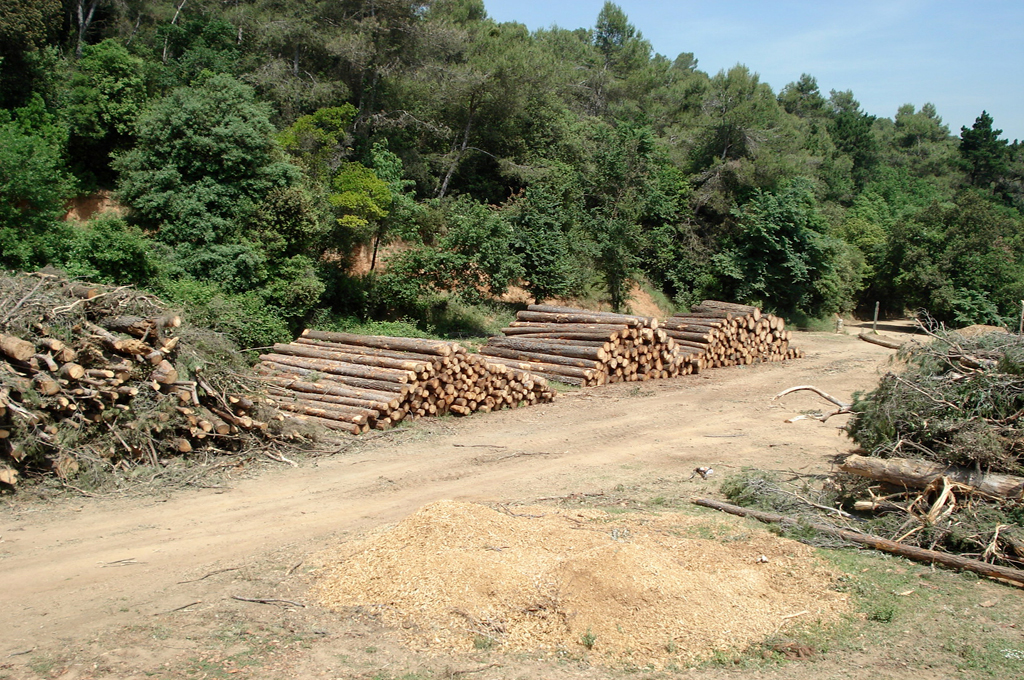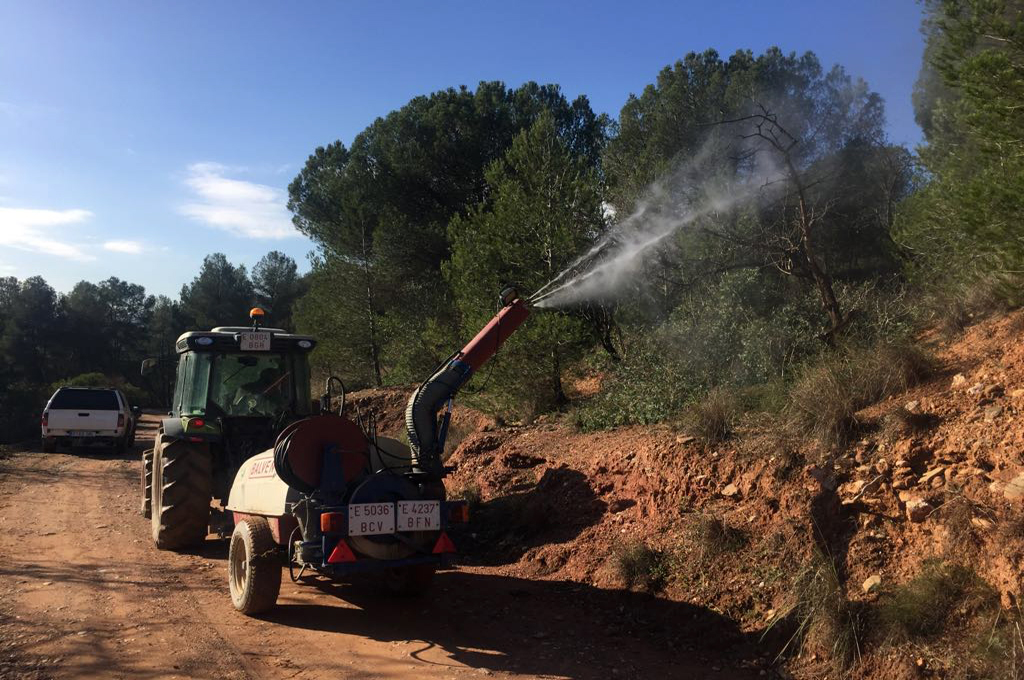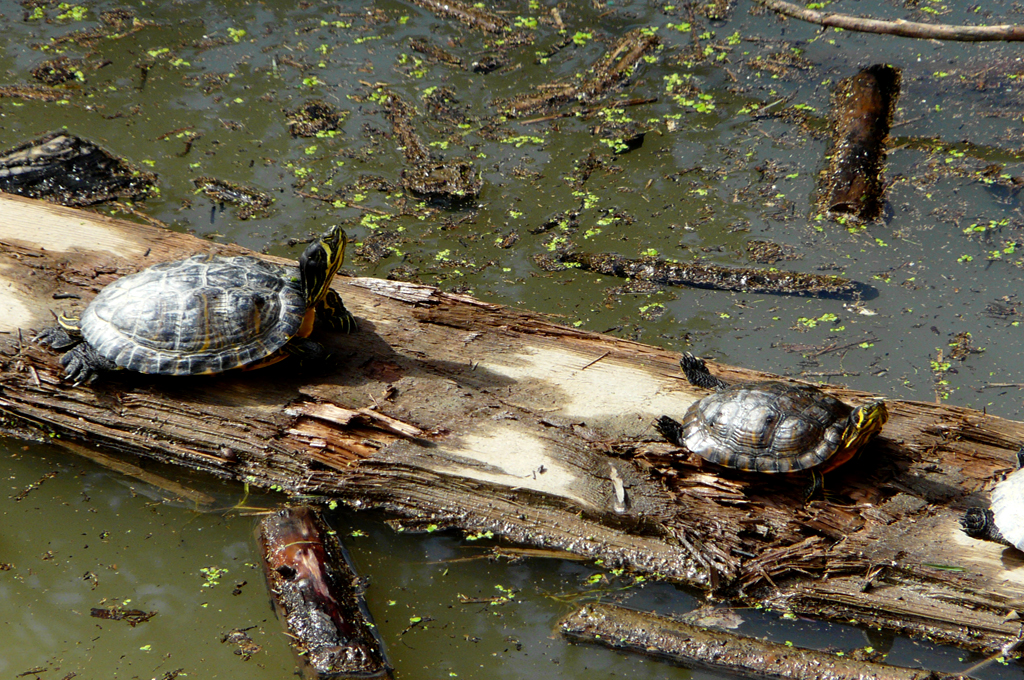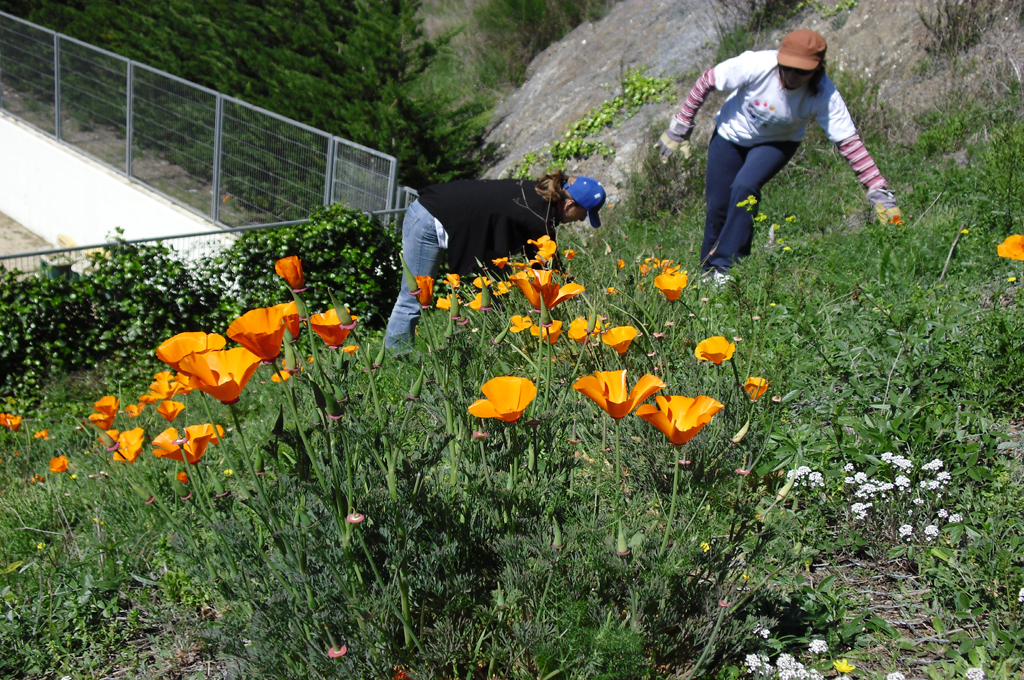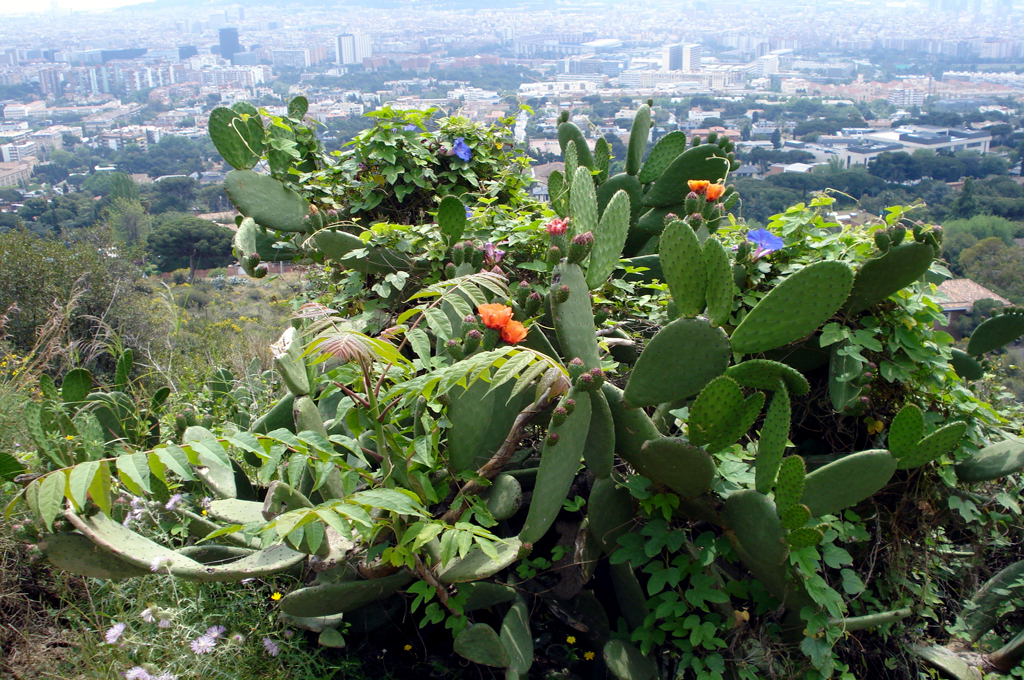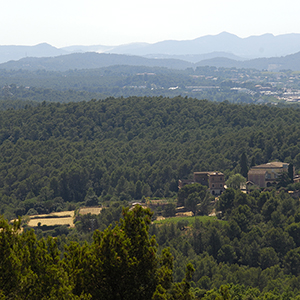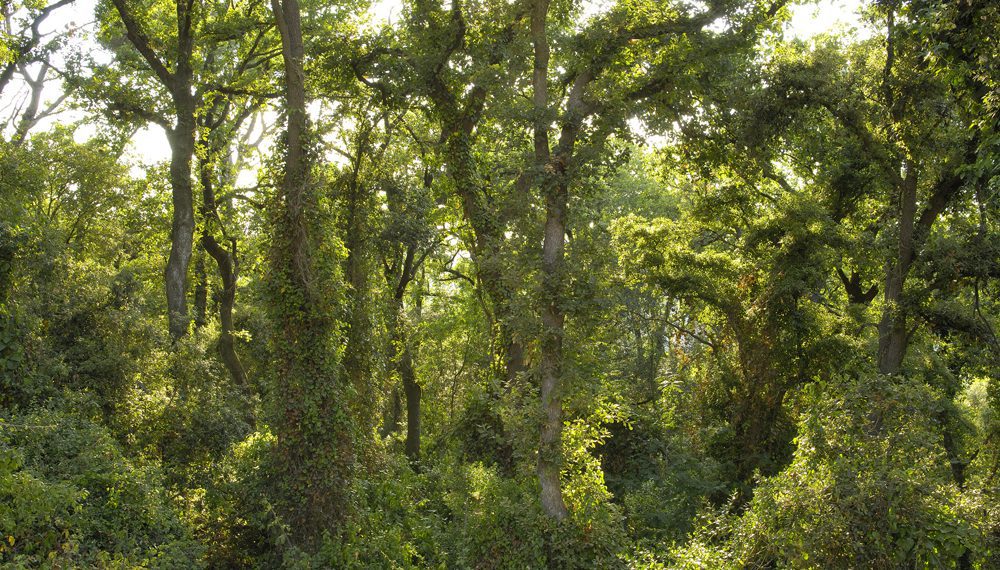
The Park’s forest management encompasses various areas of work that range from drawing up Technical Forest Management and Improvement Plans for publicly-owned forests to fire prevention, repopulation management, and monitoring pests and invasive species in the forest.
The Collserola Natural Park covers an area of 8,295 hectares that includes part of the nine municipalities in the Natural Park Consortium, of which some 3,200 hectares are publicly owned.
The Technical Forest Management and Improvement Plans for the publicly-owned forests in Collserola are drawn up thanks to the concession of the exploitation rights on these lands to private companies, which formulate the plans with oversight by the Consortium’s Technical Services. Companies implement the plan and extract forest biomass, their main source of compensation. Biomass exploitation has thus become an opportunity to improve the management of our forests.
When we speak of fire prevention, the preventive measure most widely regarded as necessary is the thinning of the undergrowth, termed ‘forest cleaning’ in Catalan. This is an unfortunate term because it means the dense, twisting vegetation that is typical of the Mediterranean region is often confused with rubbish and neglect. To eliminate the undergrowth to any significant degree would require repeated and frequent thinning, as these species generally grow back very readily. In addition to being extremely expensive, this practice would generate a volume of waste plant matter that would be difficult to dispose of.
In general, undergrowth is only controlled at the sides of paths, on the outskirts of housing developments and in leisure areas, where there is the greatest risk of fire. In these ‘protection strips’, as they are known, shrubs and a certain number of trees are removed on either side of the paths in order to reduce the mass of vegetation. The aim of these protection strips is not so much to halt fires but to make it easier to perform the tasks to extinguish them, while also providing time for people to take action and to evacuate.
While it is true that decreasing biomass reduces combustibility, it is also the case that it increases flammability, in other words, the ease with which vegetation can catch fire. Eliminating vegetation reduces the relative humidity of the air and increases the light filtering in. The new environmental conditions encourage species better adapted to drought but far more flammable, such as aromatic plants.
For the same reason, firebreaks are not made. A firebreak can become a corridor along which fire advances far more quickly, since there is little fuel and the flammability conditions are very high. On the same grounds, not all the vegetation under high-voltage power lines is removed but only that which exceeds the safety height.
Forestry work after a fire tends to go hand in hand with heated debate over whether it is appropriate to remove dead tree trunks. In the Collserola mountains, we have good examples of vegetation regeneration in areas where no forestry intervention has been done. Consequently, removing burnt trunks is not a priority, especially bearing mind it would force the local birdlife to leave the site. It is worth remembering that forest regeneration occurs more quickly thanks to the seeds spread by these birds when they land on the burnt trees.
The appropriateness or not of plant repopulation is an issue that must be considered. In the 1940s, many areas of the mountains were reforested, especially on the Barcelona side. In 1985, another reforestation plan was implemented, covering a total of around a hundred hectares, mostly of stone pine (Pinus pinea).
Repopulation is now only pursued in burnt areas reforested in the past. Mediterranean plants regenerate naturally extremely well, meaning reforestation is not necessary. In addition, it should be remembered that the priorities of environmental management are to maintain biodiversity and to preserve and improve the mountain chain’s mosaic of landscapes.
The plant community that struggles most when it comes to reclaiming lost spaces is the type of vegetation that grows around freshwater due to the distance between gullies, which makes natural recolonisation of this habitat difficult. Consequently, a number of areas have been repopulated with this type of flora as one-off initiatives in recent years.

One of the most important forest pests is the pine processionary caterpillar (Thaumetopoea pityocampa), which affects some areas of the mountain chain on a cyclical basis. Since 1991, adult males have been controlled each year by means of pheromone traps. From late October onwards, but only when necessary, newly repopulated areas and spots most popular with visitors are treated with phytosanitary products as a measure to prevent allergies.
From time to time, there may be a certain incidence of the Mediterranean pine borer, the population of which is monitored visually. At times of greatest incidence, affected pines are cut down and removed.
If you look at holm oaks, you may notice that some have bits of dry branch. This is a disease caused by two species of homoptera (Kermococcus vermilio and K. roboris), which dry out twigs but do not threaten the survival of the tree.
With regard to diseases, the most evident is the effect of Ceratocystis ulmi, the fungus that causes Dutch Elm Disease, which begins with the drying of the tips of branches from late spring onwards and which can kill the tree. This fungus is spread by members of the scolytus genus (Scolytus sp.) of bark beetles.
Lastly, natural weather events (snowfalls, strong winds, torrential rains and hailstorms) can destroy large swathes of woodland and forest in just a few hours. In addition to the physical damage to plant life, there is the negative impact of pests and diseases that exploit the wounds opened in trunks and branches to breed and hence increase the damage.
Plants and animals from remote regions that would never have been able to reach this area by their own means have been introduced throughout the park, brought here directly or indirectly by people. Some of these exotic species are extremely invasive and threaten the park’s biodiversity and local ecosystems.
For years, now, monitoring and controlling these species has been a matter of concern and an area of work for the park’s Technical Services, which endeavour to fully understand the dynamic and incidence of their spread and to find efficient measures to eradicate or mitigate their populations.
The complexity of the phenomenon also calls for considerable work to raise awareness of the issue and to make people more mindful, especially because the problem is often made worse simply because it is not regarded as a matter of concern.
The impact of invasive species is most evident among the park’s plant life and it is here that the greatest efforts are being made to study and control them. In these pages, you will find more information about the exotic plants in the mountains and the management work done in relation to them.
Barcelona City Council is implementing an ambitious plan to understand invasive species in close partnership with the Park.

